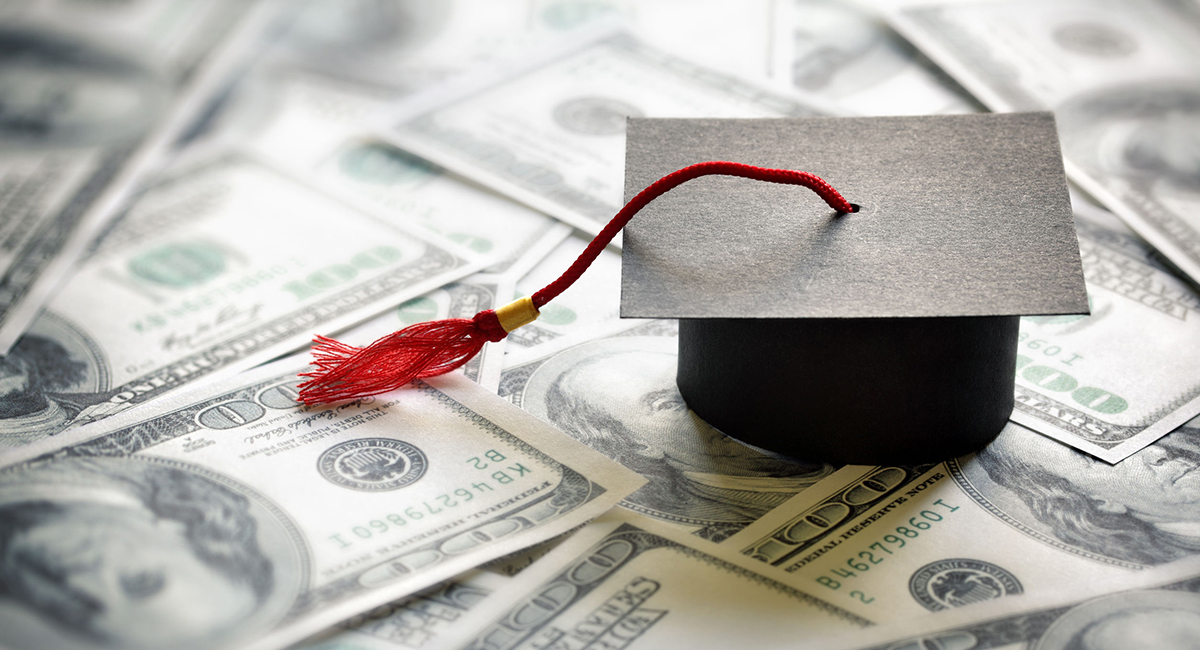Decades of fiscal irresponsibility, manifested in routine trillion dollar budget deficits, near bankrupt Social Security and related parts of the social safety net, and Federal Reserve funny money policies have contributed importantly to the current fiscal, and even moral malaise that is rapidly sinking the Biden Administration’s agenda and electoral future. One dimension of this of particular relevance here is the federal guaranteed student loan program.
Amidst a lot of distress, relatively little has been heard about this program over the last two years. To reduce politically painful suffering of distressed borrowers, the government has repeated what has been the hallmark of the past generation, deferring the pain and suffering associated with large student loan debts by essentially suspending all required payments, with lenders getting a temporary retrieve from those obligations. Starting February 1, however, student borrowers will be expected to resume making payments on the principal and interest on these $1.6 trillion or so in debts. Belatedly, the government is saying the time has come to restore payments. Unemployment rates are low, labor shortages abound, the stock market is near historic highs, the GDP has been rising, though admittedly in a shaky and uncertain fashion. Enough “forbearance,” back to normal.
Unfortunately, “normal” is not good public policy. We have an abysmal spectacular failure in the federal student loan program. Let’s enumerate again some of the major problems.
First, the student loan program precipitated a four decade long inflation in tuition fees, driving tuition fee increases, adjusted for inflation, from a previous low level of about one percent annually to triple that rate, three percent, leading fees to rise faster than incomes and causing declining applications especially from low income individuals sensitive to fee levels. The proportion of low income graduates of college fell, not rose in recent decades—exactly the opposite outcome expected from expanding federal loans.
Second, there were no standards, either financial or educational, applied to loan applicants. A student struggling to stay in college received the same support as the student who excelled academically. Indeed, poorer students, staying in school longer, received more support than those more likely to graduate and succeed in life. We rewarded mediocrity.
Third, the encouragement of students to attend college led to overinvestment in traditional four year schools, high drop out rates, and an increasing proportion of students who graduated becoming underemployed—taking jobs traditionally going to high school graduates. Do you really need a college degree to be a bartender or an Uber driver? Meanwhile, underinvested in specific vocational training needs not supported by college loans. We needed more welders and fewer gender studies degree holders not sought by employers.
There are still other problems, but what would replace federal student loans if we phased them out? Private loans finance a multitude of personal financial outlays—houses, cars, even boats, why not college? Even now, tens of billions of dollars in loans are outstanding outside the federal student loan program. That would naturally swell if federal programs were phased out.
There are other ways to finance college as well. Income Share Agreements are one option. Students sell equity, not debt, in their future. For example, an investor might provide $60,000 towards college costs in return for 10 percent of the post-graduate earnings of the student for seven years. The risks associated with college financing would largely shift from inexperienced student borrowers to more sophisticated financial institutions.
But such radical reform seems far-fetched before 2023 at the earliest. In the short term, we could at least reduce the delinquencies associated with the current system by insisting that schools participating in the guaranteed student loan program have some skin in the game. If students at participating schools have outsized numbers becoming delinquent on their loans, it suggests the schools in question had a large number of marginal students probably not belonging in college in the first place. Make them share in the costs of failure to repay loans. We need to realize that their are real costs associated with these programs, and we need to begin to align the benefits of governmental support for college enrollments with the real costs that the support of college education imposes on the American public.












